Based on statistics, it has been proven that more than one billion people are infected with helminths, commonly known as worms. However, these indicators are conditional, because they are established on the basis of the number of people seeking help from specialists who have assigned a diagnosis of helminth infection.
In life, everyone encounters worms at least once in their life (regardless of age or gender), but many people are simply not aware that they are infected with worms and continue to transmit worms to others. At the initial stage of infection, they do not cause discomfort, but in case of mass infection, they can lead to toxic poisoning and even death. Therefore, you should know what worms are, what they look like in the body and how to overcome the disease.
Doctors have studied many "uninvited guests" in the bodies of animals and humans that overload the immune system and have the ability to create holes in blood vessels by gnawing on them. This causes serious consequences in the form of erosion and other diseases, so helminth infections must be treated first.
Types of worms
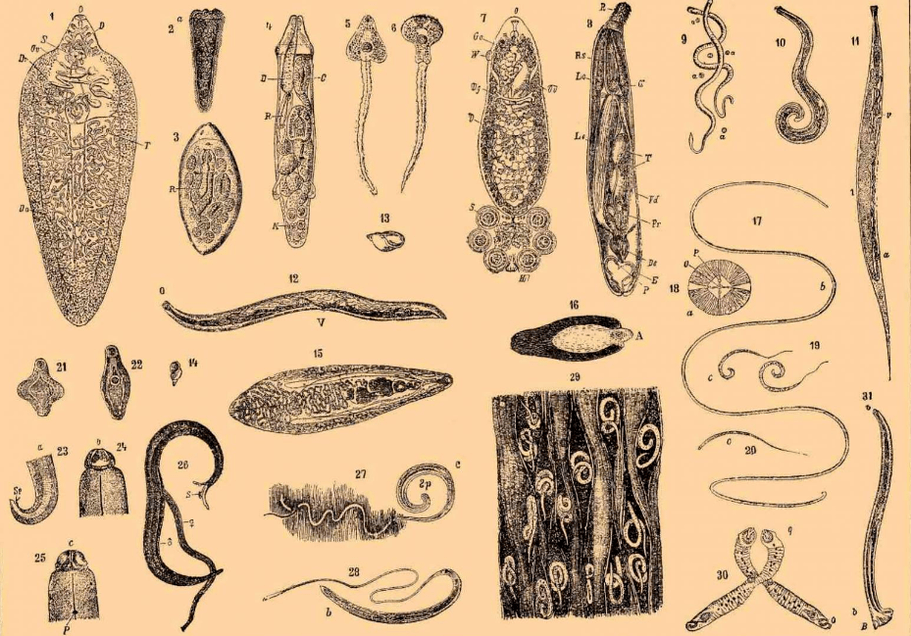
Among the many types of helminths, three types of worms can cause the greatest harm to the body: tapeworms, roundworms and tapeworms. Let's see what these worms look like in humans.
Roundworms
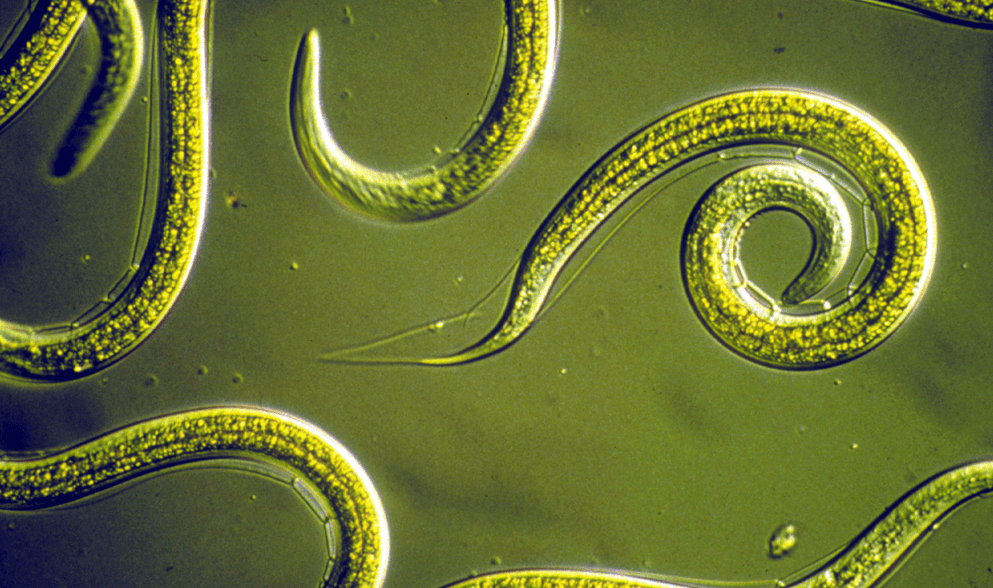
The class of roundworms is commonly called nematodes. This is one of the most common types of worms that infect the human body. However, in addition to parasitic nematodes, there are also free-living nematodes that are not found inside the human body.
In the photo you can see that the body of nematodes is characterized by a round shape and that is why they are added to the nematode class. They have a thin and elongated body, with two pointed ends on both sides.
During examination, the following worms of this class are most often found in the human body: roundworms, roundworms, trichina (Trichinella) and pinworms. These types of worms in humans can be seen in the photo.
Male roundwormshave a shorter body length than females. Females can grow up to 40 cm tall. Roundworms reside in the intestines, poisoning the body with toxic substances. When there is a large accumulation of parasites inside this cavity, they can close off the intestinal lumen and prevent ventilation. If you refuse treatment, the invasion can lead to death, because unnecessary substances in the body will no longer be eliminated, the poison will reach its limit.
PinwormThey are smaller in size than roundworms. Their body length is no more than 1 cm. These representatives reproduce actively, because they live in the small intestine and rectum, they reach the anus and crawl out of it, females lay larvae in the interior of the bonesthighs, anus, between buttocks. At one time, a pinworm can lay up to 15, 000 eggs, causing skin irritation. Then the infected person begins to scratch the irritant, contributing to the spread of helminths to others. Usually, pinworms are found in children, therefore, in preschools, schools, and facilities with a large number of people, it is necessary to check for worm eggs.
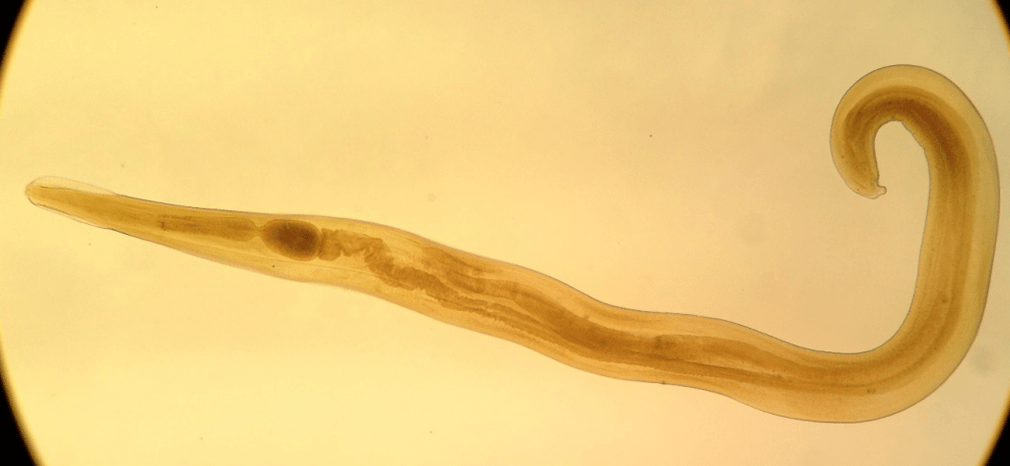
roundwormis an equally dangerous parasite, because the females of this worm species give birth to 3, 000-4. 000 eggs per day. When the worm reaches sexual maturity, it has a filamentous front head, accounting for 2/3 of its body length, and a thick gray-pink rear head with horizontal stripes. The average length of helminths is 3-5 cm. The tails of females and males are different: in females it is characterized by a bend, and in males it has a spiral shape.
The risk of infection with roundworms is that this worm penetrates the mucous membrane and deep layers. May affect smooth muscle and tissue fluid uptake.
Trichinais a particularly dangerous parasite that lives inside the muscles and intestinal walls of humans. Visually, the worm looks like a long, twisted rope, whose diameter reaches 4. 5 mm and 1. 6 mm. Such vital activity of helminths can lead to the death of the carrier if timely treatment measures are not taken.
Fluke
.png)
Many people are interested in what parasites in the human body (photo) belonging to the class trematodes look like. In medical practice, they are nicknamed helminths, but the most interesting thing is that they do not suck anything out of the body, but feed on mucus, blood and what the worms pass through the affected area. Trematodes can be up to 1. 5 meters long and are located not only in the intestines, but also in other organs (even in the conjunctival sac).
However, worms belonging to the class of flukes have the ability to adhere to the intestinal wall and thus resist random excretion with feces. These parasites have a functional digestive tract and reproductive system, but minimally functioning respiratory and circulatory systems.
Tapeworm
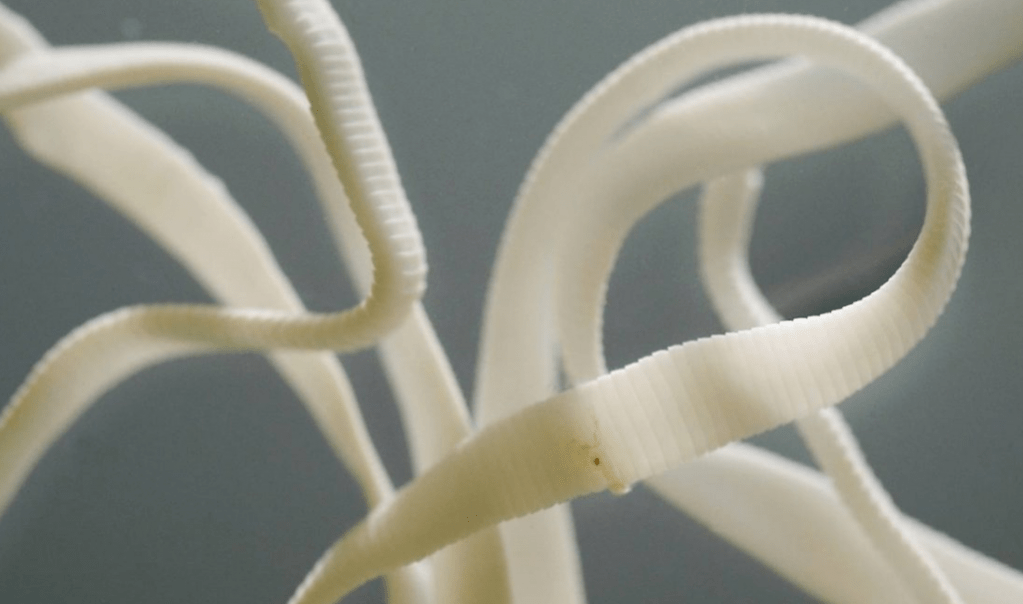
Tapeworm- a class of flatworms, divided into tapeworms and tapeworms. These individuals rarely enter the human body directly. Usually, infection occurs because a person eats fish infected with these parasites, but in animals, they occur only in the larval stage and reach adulthood inside a vertebrate individual.
Parasites of this class have a special anatomical structure of the body, so the head of the worm attaches to the intestinal wall and this worm receives nutrition from the entire body. The host's food serves as food for the tapeworm, but the tapeworm is not digested by the gastric juices because it releases a substance called antikinase.
Despite the similarity of these worms, when diagnosing, it is necessary to differentiate them to determine the correct treatment.
Tapeworms have 2 suction cups on their heads, which help them adhere firmly to the intestinal wall, unlike the representative - tapeworms that have 4 attachment teeth. The body length of a tapeworm can reach 18 meters and occupy the entire length of the small intestine.
How can you get infected with these worms?

The spread of helminths begins in stage 1, characterized by the penetration of helminth eggs into the human body. They then hatch, become larvae (stage 2), and migrate throughout the body until settling in organs or systems, but most of them remain in the intestines. In stage 3, worms are no longer able to move throughout the body, but they are capable of multiplying and infecting healthy populations.
Although there are many types of worms and their characteristics, infestations can combine. This suggests the ability of different worms to simultaneously reside in the digestive tract or organs without affecting each other.
Worm infection can occur in 3 ways:
- From one person to another.
- Through the ground.
- When following a raw food diet and eating poorly processed foods, especially vegetables and fruits, herbs.
Signs of infection
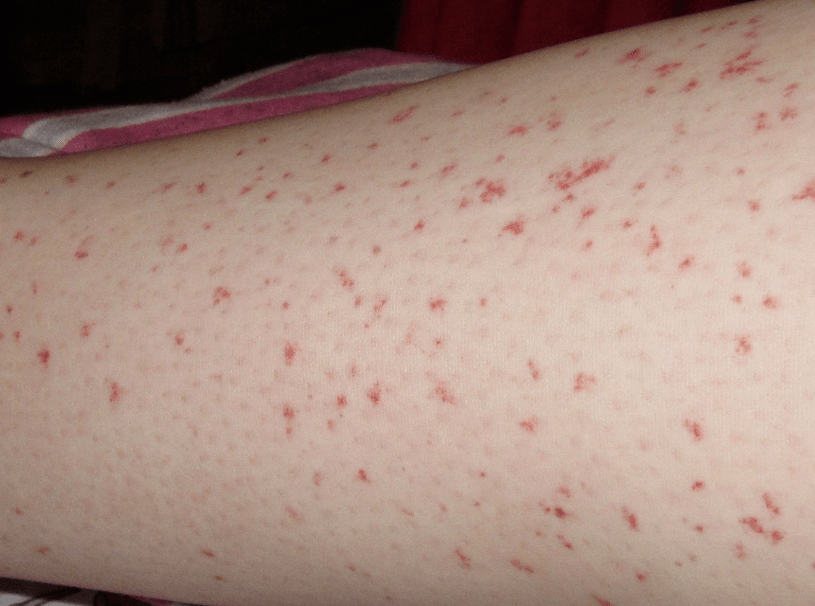
Signs of helminth infection can be very different, but first you should start with the stage of worm infection:
- Sharp. Lasts no more than 20 days. In this case, widespread allergic reactions of unknown origin are observed. This is due to the immune system's response to a stimulus. The allergy causes a skin rash and clinical blood tests show higher than normal levels of eosinophils.
- Buy. The disease at this stage can develop in 2-3 years. In this case, the symptoms depend on the organ in which the parasites live, their number and the extent to which they have destroyed tissues or body systems. In severe situations, they cause inflammation and fast-growing species can have serious consequences.
It is very important to know what any parasite looks like, because sometimes dead adults can be transmitted through feces, then based on the description of their appearance you can speed updiagnosis and quickly choose treatment methods.
Timely detection of helminths plays an important role in human life, because not all types of parasites can exist practically harmlessly inside the body. It is recommended that the whole family see a doctor at least 1-2 times a year, wash hands before eating, eat only thoroughly processed foods and use folk remedies to prevent diseases: clove powder or wormwood. , walnut shell tincture.






































